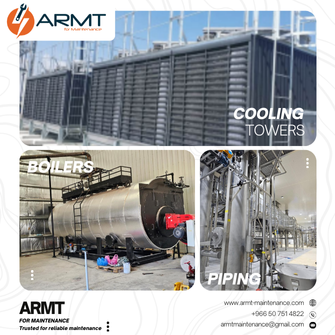advertisement
Gallery
Product Information
Process and plant engineers in the oil and gas industry and a wide range of other hazardous process and manufacturing industries require continuous flame monitoring equipment to prevent catastrophic fires. In order to select such detection equipment, users should endeavor to understand the principles of flame detection and review the types of detectors available today. Armed with this knowledge they will be better able to match the appropriate flame detector to process and site performance requirements and to the type of hazard whose consequences the instrument is designed to mitigate.
Principles of Flame Detection
Most flame detectors identify flames by so-called optical methods like ultraviolet (UV) and infrared (IR) spectroscopy and visual flame imaging. Flames in a refinery, for example, are generally fueled by hydrocarbons, which when supplied with oxygen and an ignition source, produce heat, carbon dioxide, and other products of combustion. The intense reaction is characterized by the emission of visible, UV, and IR radiation. Flame detectors are designed to detect the absorption of light at specific wavelengths, allowing them to discriminate between flames and false alarm sources.
Flame Sensing Technologies
UV Flame Detectors
UV/IR Flame Detectors
Multi-Spectrum Infrared Flame Detectors
Visual Flame Imaging Flame Detectors
Looking for new opportunities in the Saudi market?
Receiving real RFQs is the key for new orders.
Here in Project Suppliers platform we gain you the new opportunity.






































































































